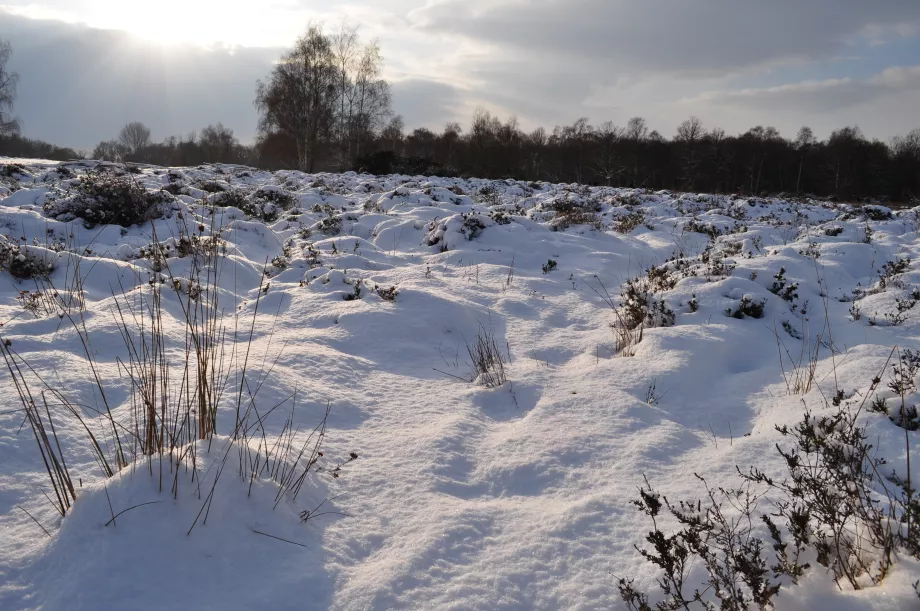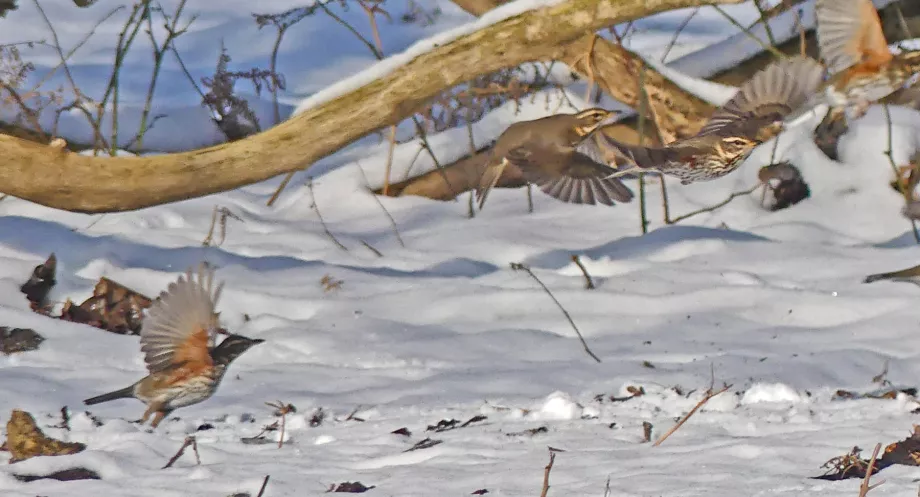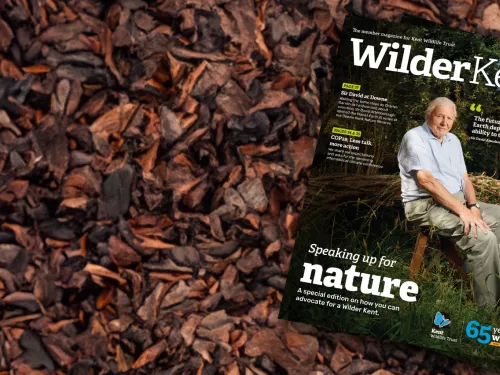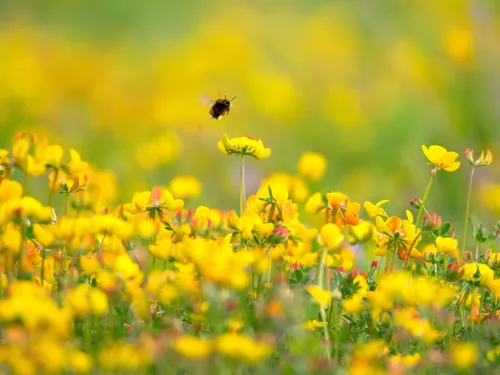Two birds that rarely appear in gardens were seen on the reserve in February. The goldcrest, even smaller than the wren, is hard to spot; well camouflaged despite pale underparts and a gold flash on the crown of the head, they are constantly on the move hunting for insects in trees. Goldcrests are resident here all year with some migrants joining them in winter. They rarely appear in gardens except in very severe weather. Numbers plummeted after the hard winters of the 1960s but have recovered well.
Redwings would have left their Scandinavian and Russian breeding grounds in September and October, flying at night, keeping in contact with a soft tseep-tseep. Some fly on further south, but those that overwinter here feed on fruit and mountain ash, yew, holly and hawthorn berries through the autumn. In snow, like their cousins the thrush and blackbird, they flick over leaf litter in woodland looking for snails, worms and spiders.
Redwings have a speckled breast like the thrush and ginger-red flanks and under wings which are very obvious in flight. They hunt in loose flocks, often with other birds, and roost together in dense thickets, plunging in directly from a height. They will return to breeding grounds in March and April. Migrant redwings in Scotland return to Iceland and the Faroes; as only a few remain to breed in northern Scotland and climate change may put these at risk, they are on the UK Conservation Red List.
Sightings are always welcome as they don’t regularly visit the same place each winter, which also makes it difficult to estimate winter populations. Their migratory patterns have been linked to the seed dispersal of the wild service tree—a mutually beneficial relationship. It was the research carried out on redwings in the late 1990s that first proved that birds detect fruit using ultraviolet vision which enables them to see UV light reflected by waxy coatings.






